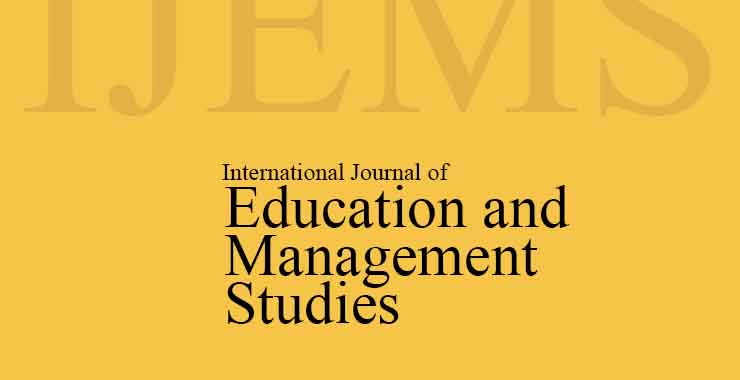Occupational Stress and Occupational Self-efficacy among Male and Female Teachers of State Universities
Original price was: ₹ 201.00.₹ 200.00Current price is: ₹ 200.00.
Page: 242-247
Pinki and Duhan K. (Department of Human Development and Family Studies, I.C. College of Home Science, CCSHAU, Hisar, Haryana)
Description
Page: 242-247
Pinki and Duhan K. (Department of Human Development and Family Studies, I.C. College of Home Science, CCSHAU, Hisar, Haryana)
Occupational stress is defined as the ongoing stress that is related to the work-place of teachers. This stress can come from colleagues, students and higher authorities also. Occupational self-efficacy is the competence that a person feels concerning the ability to successfully fulfill the tasks involved in his or her job, therefore the study was piloted to examine occupational stress and occupational self-efficacy of teachers. The study was undertaken in the Hisar and Rohtak districts of Haryana state in four universities. Two hundred respondents from Hisar district and Two hundred respondents from Rohtak district thus making a total sample of four hundred respondents from four universities. Equal sample size was taken with regard to gender, i.e., 200 male and 200 female respondents. Occupational Stress Scale by Sharma and Kaur (2014) was used to assess occupational stress of respondents and Occupational Self-efficacy Scale by Pethe, Chaudhari, and Dhar (2000) to assess occupational self-efficacy of respondents. The finding explicates that female respondents had an advanced level of occupational stress than their counterparts due to excessive workload at university as well as at home also but male respondents had better occupational self-efficacy compared to their counterparts.

